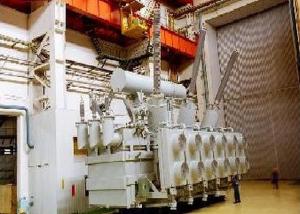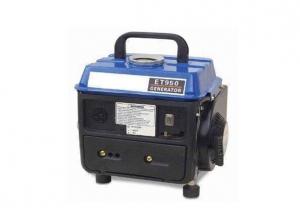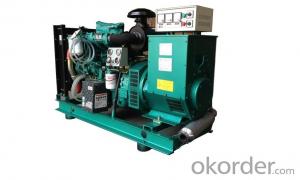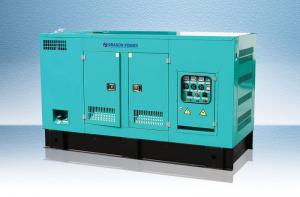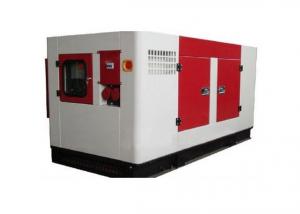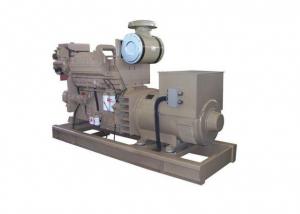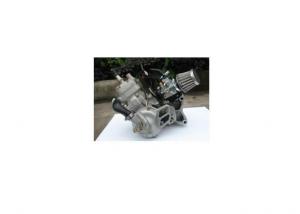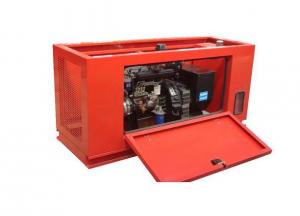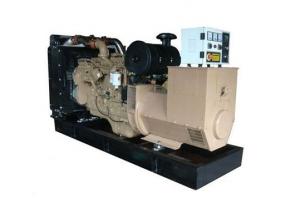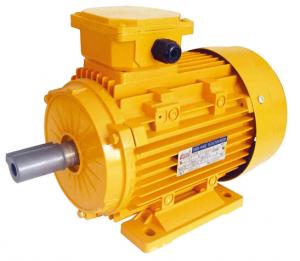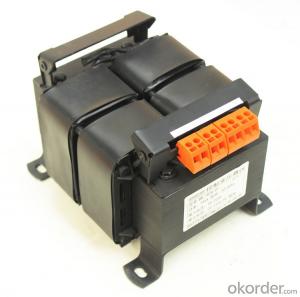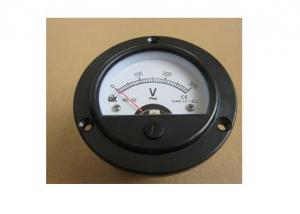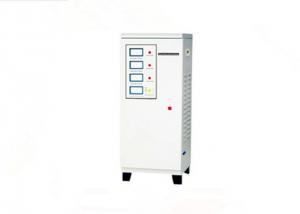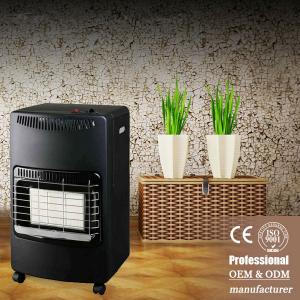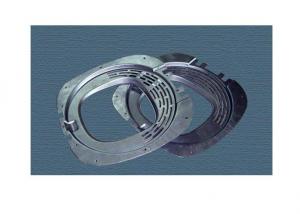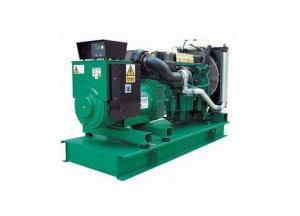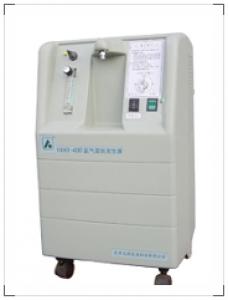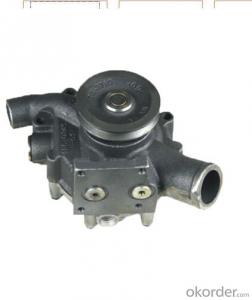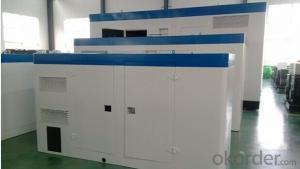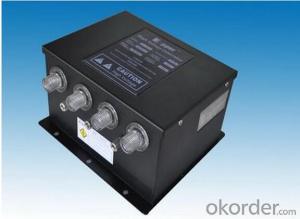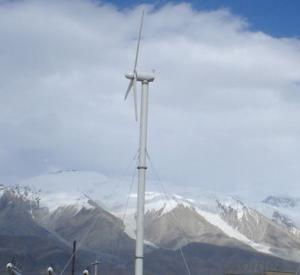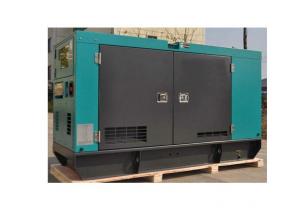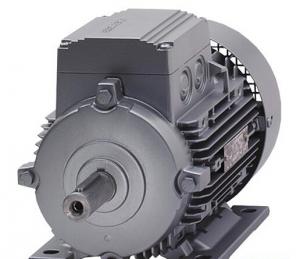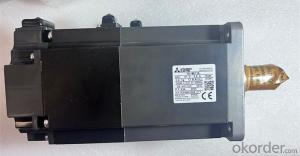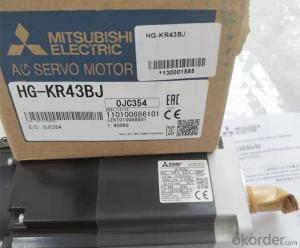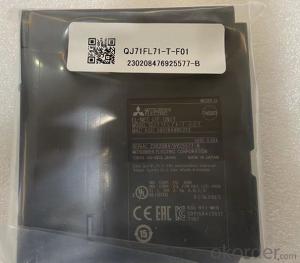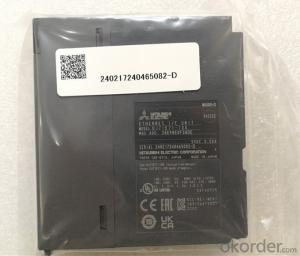Highest Rated Generators
Highest Rated Generators Related Searches
Highest Rated Pickup Truck Industrial Electric Generators Handheld Power Generator Large Scale Power Generation Magnetic Power Generator Power Generation Distribution Coleman Portable Generator Generator Diesel Consumption Power Generation For Dummies Non Gas Powered Generator High Efficiency Solar Inverter Portable Generator Enclosure High Power Solar Inverter Power Generation Facilities High Voltage Solar Inverter High Frequency Solar Inverter High Voltage Transformer Highly Precise Generation Of Electrical Power Electricity Generation System Carbon Raiser Electrical Energy Generation Power Generation Technologies Cap Making Machines Hydrogen Power Generation Booster Machine Reinforcement Grid Heavy Duty Solar Inverter Natural Gas Backup Generator Power Transmission EquipmentHighest Rated Generators Supplier & Manufacturer from China
Highest Rated Generators encompass a diverse range of high-quality power generation equipment, including portable generators, standby generators, and solar generators. These products are designed to provide reliable and efficient power solutions for various applications, such as home backup power, outdoor events, construction sites, and emergency situations. The versatility and dependability of these generators make them a popular choice among consumers and businesses alike.The application and usage scenarios of Highest Rated Generators are vast, as they cater to both residential and commercial needs. For instance, in residential settings, these generators serve as a backup power source during power outages, ensuring that essential appliances and systems continue to function. In commercial settings, they are used to power construction sites, support temporary events, and maintain continuous operation in case of utility failures. Additionally, they are increasingly being used in off-grid applications, such as powering remote cabins or providing electricity in areas with unreliable power infrastructure.
Okorder.com is a leading wholesale supplier of Highest Rated Generators, boasting a large inventory that caters to the diverse needs of its customers. With a commitment to quality and customer satisfaction, Okorder.com offers a wide selection of generators from reputable brands, ensuring that buyers receive top-notch products at competitive prices. Their extensive inventory and efficient supply chain management allow them to meet the demands of both small-scale and large-scale orders, making them a trusted partner for businesses and individuals seeking reliable power generation solutions.
Hot Products

